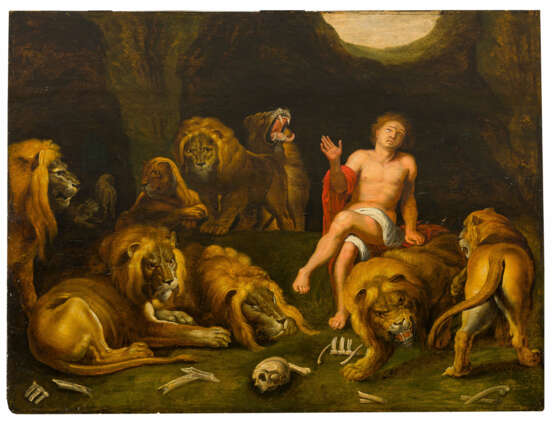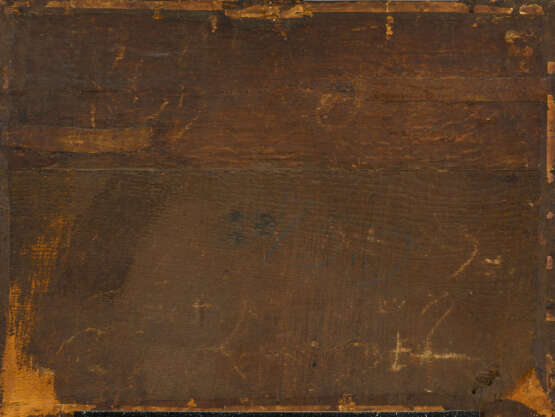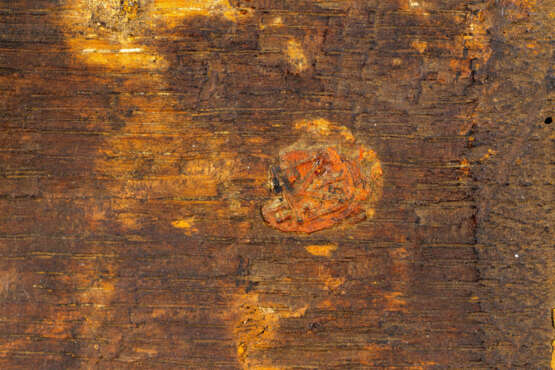ID 761112
Lot 3 | Peter Paul Rubens Werkstatt (1577 Siegen - 1640 Antwerpen)
| Address of auction |
WETTMANN | Auktionshaus an der Ruhr Friedrichstraße 67-67a 45468 Mülheim an der Ruhr Germany | ||||||||||||||
|---|---|---|---|---|---|---|---|---|---|---|---|---|---|---|---|
| Preview |
| ||||||||||||||
| Phone | +49 (0)208 3059081 | ||||||||||||||
| Fax | +49 (0)208 4391735 | ||||||||||||||
| Buyer Premium | 30% | ||||||||||||||
| Conditions of purchase | Conditions of purchase | ||||||||||||||
| Business hours | Business hours
|






